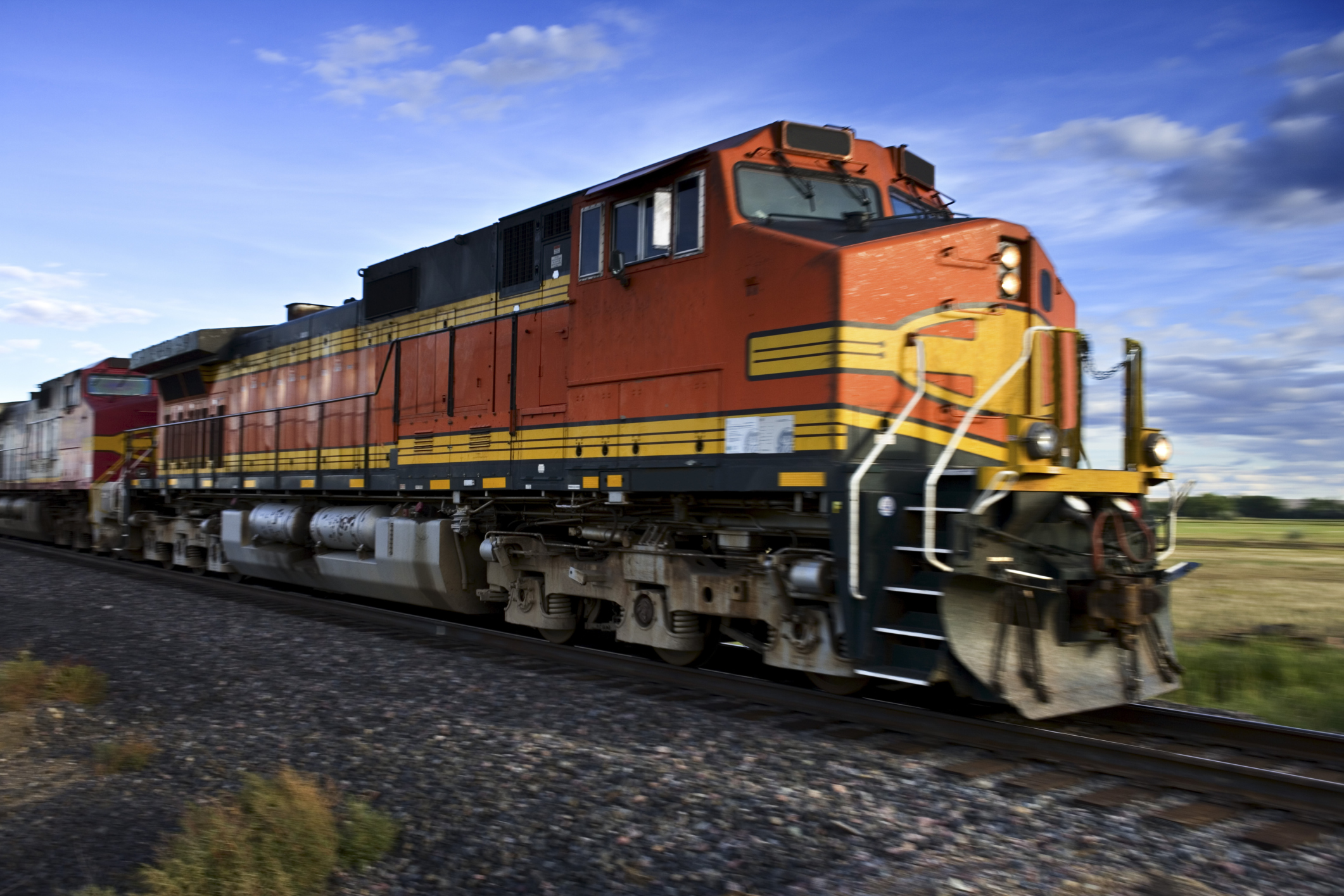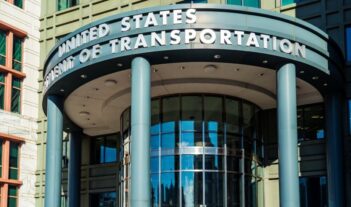
Auditor outlines problems and gives guidance to rail regulator over delays with positive train control.
During the first half of 2015, over 5,000 railroad accidents occurred in the United States, including an accident involving a speeding Amtrak train near Philadelphia that killed eight people. The federal agency that investigates accidents has stated that this, and other recent deadly accidents, could have been averted if railroads had installed a safety technology called “positive train control.” In 2008, Congress passed legislation requiring railroads to add positive train control by the end of 2015.
With only three months remaining before the deadline, a federal government auditor, the U.S. Government Accountability Office (GAO), recently reported that almost 80% of railroads it interviewed will miss the deadline by one year or more.
In its report, the GAO highlighted the technological problems that railroads are experiencing in implementing positive train control and provided recommendations to the federal railroad regulator. The GAO also urged Congress to allow the federal railroad regulator to provide railroads with more time to comply.
The GAO prepared this report at the request of several members of Congress following an earlier GAO report predicting that many railroad companies would not meet the deadline.
Positive train control is a technology that can stop a train from speeding, hitting another train, or entering a restricted area by comparing route information, such as speed limits, with speed and location data from the train. For example, the technology can notify train operators to apply the brakes, and it will automatically reduce the train’s speed if operators take no action.
No single positive train control system exists; rather, to be in compliance with the legislation, railroad companies must establish one that fulfills the statutory requirements. As a result, railroad companies have experienced issues creating the technology, according to the report. Railroads have had particular problems locating companies to design the technology in the first place and testing the technology after its creation. For example, some railroads only have a short period of time available each week to add the technology and test it without disrupting train service.
Additionally, railroads have struggled to coordinate with each other to create interoperable technology. Frequently trains run on railroad track owned by a different company. When one company’s “tenant” train uses another company’s “host” track both must have positive train control, and the systems must function together. The report found that in some areas positive train control will be implemented by the deadline on host tracks but not the tenant trains, and vice versa. Host tracks must inform tenant trains which routes require trains with positive train control, but, according to the report, some hosts have not yet done so.
The GAO also stated that some railroads have delayed implementing positive train control to use their resources for projects the railroad designated as higher priority, such as fixing bridges.
The Federal Railroad Administration (FRA), which is the federal regulator of railroads, has authority over the implementation process. The FRA’s role thus far has included evaluating railroads’ proposals, imposing penalties on companies for noncompliance, gathering information about compliance, and updating Congress.
The GAO report indicated that the FRA provided overly broad information to Congress about railroads’ compliance. To improve this information problem, the GAO suggested that the FRA provide additional updates to Congress with specific information for each railroad company.
The GAO also found that the FRA needed to form a better plan for evaluating individual railroads’ implementation of the technology going forward.
The report recommended that Congress allow the FRA to give railroads extensions for implementing positive train control. The GAO advised that the FRA only give extensions on a case-by-case basis, as opposed to granting some kind of blanket extension. According to the report, this would allow the FRA to tailor its decision to each railroad’s needs.
Two of the members of Congress who had requested the GAO report, Congressman Bill Shuster and Senator John Thune, support an extension. The House Transportation and Infrastructure Committee recently proposed legislation that would give all railroads until 2018 to add positive train control and would authorize the Secretary of Transportation to give more time if necessary. Industry members have reportedly stated that, if railroads do not have more time to comply, train service will be affected.



